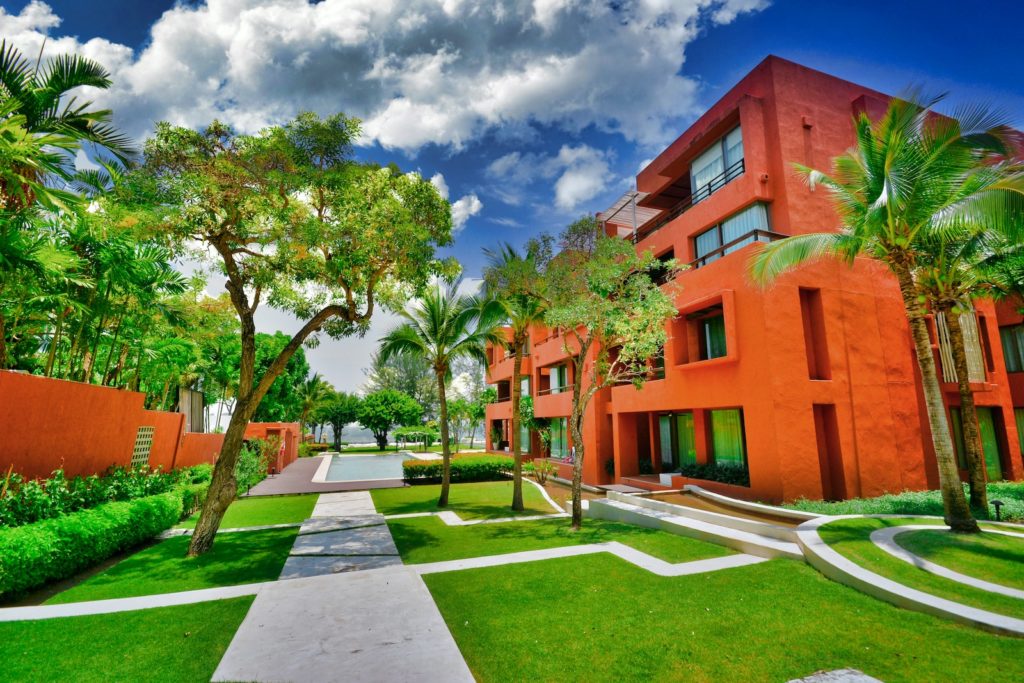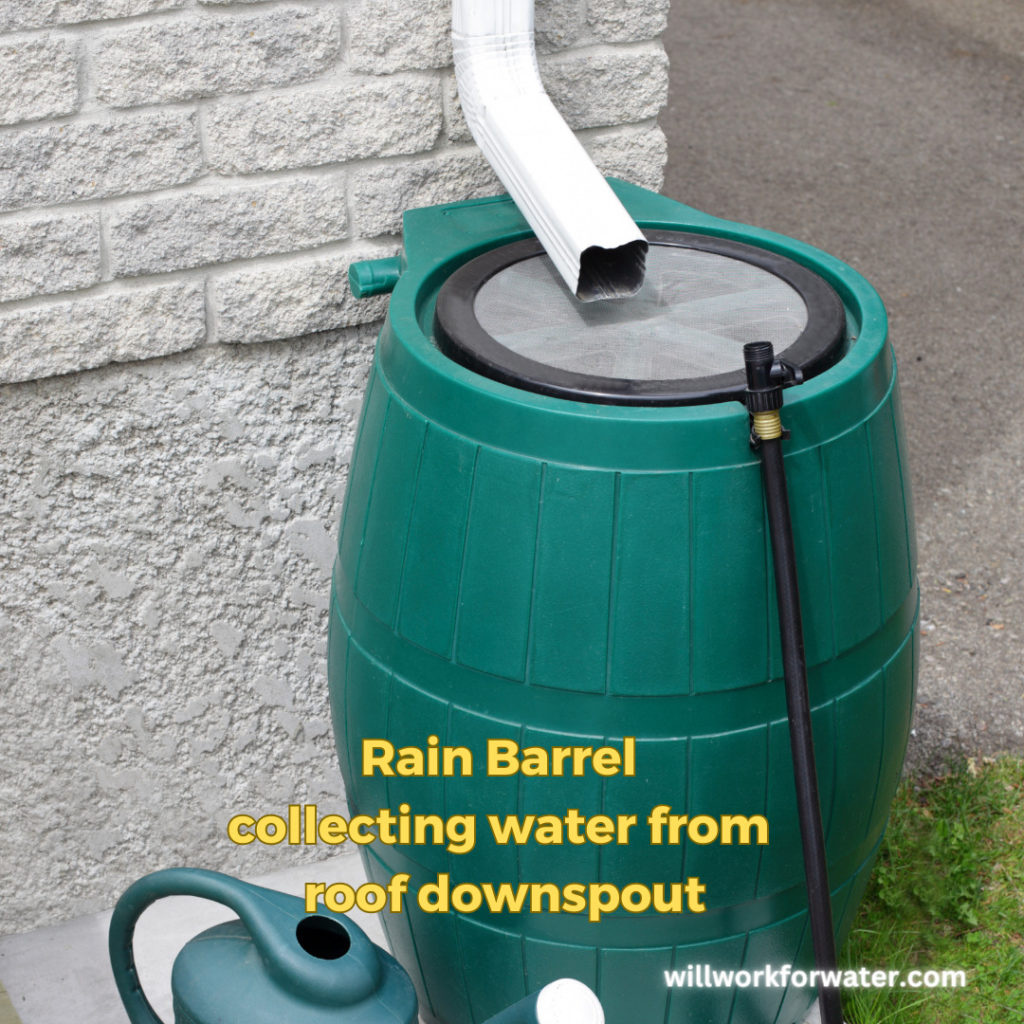Introduction
In an era of growing environmental concerns and the need for sustainable urban development, green infrastructure and low impact development have emerged as crucial strategies. These approaches, endorsed by the Environmental Protection Agency (EPA), are transforming urban landscapes by integrating natural systems into urban planning. This article explores the EPA’s tools for green infrastructure and low impact development, their benefits, implementation challenges, and their role in shaping a greener and more resilient future.
Understanding Green Infrastructure and Low Impact Development

Green infrastructure refers to an innovative approach that utilizes nature-based techniques to manage stormwater, improve air quality, and enhance the overall quality of urban environments. Low impact development, on the other hand, focuses on minimizing the disturbance of natural hydrology by managing stormwater at its source. Both concepts aim to mimic natural processes, reducing the impact of urbanization on ecosystems.
Benefits of Green Infrastructure and Low Impact Development
By incorporating green infrastructure and low impact development techniques, communities can reap numerous benefits. These include mitigating flooding, improving water quality, reducing urban heat island effects, enhancing biodiversity, and creating aesthetic and recreational spaces that foster community well-being.
EPA’s Role in Promoting Green Infrastructure
The EPA plays a pivotal role in advocating for and providing tools to facilitate the implementation of green infrastructure and low impact development. Through research, guidance, and collaboration with local governments and stakeholders, the EPA supports the integration of these strategies into urban planning.
Key EPA Tools for Green Infrastructure Implementation
Stormwater Management Model (SWMM)
SWMM is a widely used EPA tool that simulates rainfall runoff and movement through drainage systems. It aids in designing and evaluating green infrastructure practices like rain gardens, permeable pavements, and bioretention basins to manage stormwater effectively.
National Stormwater Calculator
This tool assists urban planners, developers, and landscapers in estimating the potential benefits of green infrastructure practices. It calculates how various practices can reduce runoff and pollutants, helping decision-makers choose the most effective strategies.
Green Infrastructure Wizard
The Green Infrastructure Wizard is a user-friendly platform that provides information on green infrastructure practices suitable for specific locations. It aids in identifying appropriate strategies based on site characteristics and helps users make informed decisions.
Guidance Documents for Low Impact Development
The EPA offers comprehensive guidance documents that outline best practices for implementing low impact development techniques. These documents cover a range of topics, from planning and design to maintenance, ensuring that projects remain effective and sustainable over time.
Success Stories of Green Infrastructure Implementation
Across the United States, numerous success stories highlight the positive impact of green infrastructure and low impact development. From transformed cityscapes to improved water quality in urban streams, these stories inspire others to adopt similar strategies.
Challenges and Overcoming Barriers
While green infrastructure and low impact development offer significant benefits, challenges such as limited funding, land constraints, and regulatory barriers can hinder their adoption. However, innovative financing mechanisms, adaptive planning, and stakeholder engagement can help overcome these challenges.
Community Involvement and Outreach
Community engagement is vital for the success of green infrastructure projects. Collaborative efforts involving local residents, businesses, and organizations can ensure that projects align with community needs and values.
Future Trends and Innovations
As cities continue to evolve, new trends and innovations in green infrastructure and low impact development are emerging. These include green roofs, urban forests, and the integration of technology for real-time monitoring and adaptive management.
Conclusion
In a world where urbanization is on the rise, green infrastructure and low impact development have become indispensable tools for creating resilient and sustainable communities. The EPA’s commitment to providing valuable resources and tools empowers decision-makers to implement these strategies effectively, making our cities greener, healthier, and more vibrant.
FAQs
1. What is green infrastructure?
Green infrastructure refers to nature-based techniques that manage stormwater, enhance air quality, and improve the urban environment.
2. How does the EPA support green infrastructure implementation?
The EPA offers tools like SWMM, the National Stormwater Calculator, and the Green Infrastructure Wizard, along with guidance documents.
3. What are the benefits of low impact development?
Low impact development minimizes disruption to natural hydrology, reduces flooding, and enhances biodiversity.
4. How can communities overcome barriers to implementation?
Innovative financing, adaptive planning, and community engagement can help overcome funding and regulatory challenges.
5. What role does technology play in green infrastructure?
Technology enables real-time monitoring and adaptive management, enhancing the effectiveness of green infrastructure projects.

